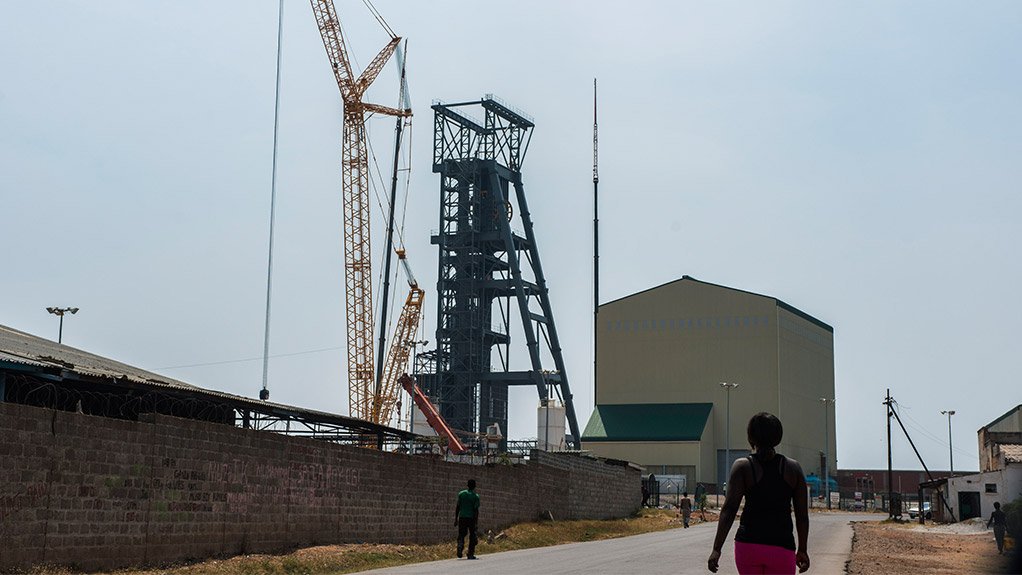The completion of South African mining company African Rainbow Minerals’ (ARM’s) Modikwa platinum mine South 2 Phase 1 decline shaft is in its final stages and will be handed over to the mine in July.
The execution project is contracted to Centurion-based project management provider and consultancy Fox Projects, which says this is but one significant milestone in several key mining projects in which the company is engaged across Africa.
Established in 1998, the service offering of Fox Projects, formerly known as SSP & Associates encompasses engineering, procurement and construction (EPC) management, as well as turnkey EPC projects in greenfield and brownfield environments.
Fox was awarded the concept and feasibility studies for the Modikwa mine in 2011 and 2013 respectively.
As one of four platinum mines in which ARM has a share, Modikwa is located 1.5 km north-west of Burgersfort, along the border between Mpumalanga and Limpopo.
Fox project manager Dave Martin explains that the South 2 Phase 1 project includes surface infrastructure – such as a proposed waste-rock-transfer storage facility – and the development and equipping of a new decline shaft from surface to 0 Level
Modikwa comprises an underground mine, about 450 m deep and consisting of three decline shafts, and a concentrator. ARM Mining Consortium holds a 50% stake with a 17% stake in ARM Mining Consortium being held by two Section 21 companies representing communities around Modikwa. ARM has an effective 41.5% economic stake in the project.
The remaining 50% is held by platinum producer Anglo American Platinum, which smelts and refines all metals produced at Modikwa.
Fox completed and handed over the Modikwa North 1 Phase 2 project to the mine in 2015, after completing a feasibility study that indicated that deepening the decline of the North Shaft extension was viable.
“The decline shaft project at Modikwa is one of our biggest projects at present and we are pleased with the progress that we have made thus far,” Martin tells Mining Weekly.
Kamoto
Fox is also completing a strategic life-of-mine exercise for the Kamoto copper and cobalt mine, in the Democratic Republic of Congo, to improve the viability of the asset and improve long-term shareholder value.
Situated to the west of Musonoi, in Katanga province, Kamoto includes the KOV under- ground and KTO openpit mining operations. The KTO underground mine has twin 6.5 m × 6 m ramp declines, a service shaft and an 11 000 t/d production shaft. It is part of TSX-listed Katanga Mining’s complex and its primary sulphide ore source.
“Following initial refurbishment and maintenance to the pumpstation ventilation, crusher and winder, as well as the arrival of a new underground mining fleet, the mine restarted operations in March 2007 and is ramping up production,” Katanga notes on its website.
Mining is a combination of newly introduced longhole retreat stoping and historical room-and-pillar and cut-and-fill mining. The ore is taken to the underground crusher before being hauled up the shaft to the surface in skips.
The KOV openpit mine is the largest high-grade copper resource in the world.
Edited by: Tracy Hancock
Creamer Media Contributing Editor
EMAIL THIS ARTICLE SAVE THIS ARTICLE
To subscribe email subscriptions@creamermedia.co.za or click here
To advertise email advertising@creamermedia.co.za or click here













